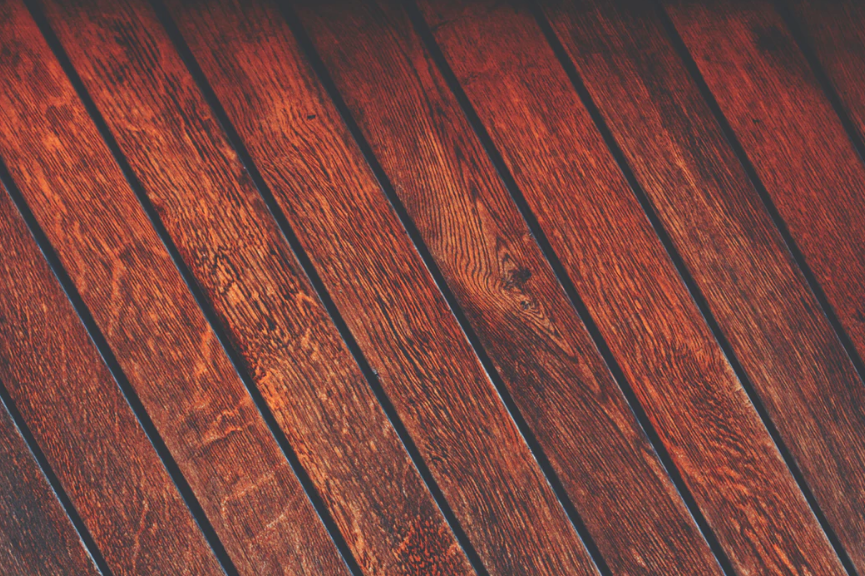Selecting Hardwood Flooring for Residential Homes

Hardwood floors have a natural beauty and are available in a variety of colors and styles. There are different wood species used to make the flooring .you may think you know what you want, but once you get the shop, the various styles and color will overwhelm even the most seasoned buyer. Even if you get the color right, there are a dozen other consideration to be made. Construction, species, look, edge, gloss, width, and thickness are some of the decisions the customer has to make. In each of these categories, there are tens of varieties. Read on to find out more about the different wood types and species.
Solid or engineered
Solid hardwood is more authentic and durable because of its construction. It’s authentic as it’s made of 100% hardwood. Each plank is made of only one single piece of wood, hence the name solid. It is durable and preferred by many people. Some claim that solid hardwood floor will last a lifetime. Engineered hardwood floors, on the other hand, are with a variety of wood. It combines plywood and natural wood to create a plank. Natural wood is used at the top and bottom, while plywood is used to fill the middle. Though not as authentic as solid wood, it is stable and can withstand moist, hot and humid conditions. When choosing the type of hardwood flooring, remember that solid wood is recommended for living rooms, bedrooms and kitchens. Basements and concrete floors are better fitted with engineered wood. The solid hardwood can be sanded severally without losing its luster. Engineered wood can only be sanded a few times to prevent wear and tear.
Color
Hardwood flooring is available in tens of colors which include black, beige, brown, dark brown, red-brown, copper, yellow, white, tan, natural, red and gray. There also varying tones in each color block. While picking a color for the floor, consider the furniture, wall colors and select a floor color that complements what you already have. The size of the room will also influence the color; lighter shades are suitable for small rooms as they make them appear larger, while darker shades are more suitable for large spaces. Listen to a professional as well, what you may think will work, may not give you the expected outcome. The function of the area will also determine the color, is it a formal or informal space, do you want classic or modern.
Wood species
Acacia, cherry, hickory, maple, oak, pine, birch, mahogany are some of the species used to make hardwood flooring. Unless you are a botanist, you are unlikely to know which one to pick. Oak is a favorite wood species and is loved for its grain pattern and resistance to scratches. Mahogany has a deep rich color. It is long lasting and resistant to water. It has a very classic feel. Hickory is highly durable and can withstand heavy use. Cherry is hard and gets darker with time. Maple is ultra hard and can withstand heavy use as well. It has a subtle grain pattern. Again speak to an expert about your space, and its intended function and they will help you pick the right wood species.
Gloss
Select from high, medium or low gloss hardwood floors. A floor’s sheen can be Matte, satin, semi-gloss or glossy. The sheen is only for beauty reasons and has no impact on the durability of the floor installed. A satin sheen combines classic and modern, and easier to clean. Less glossy floors conceal dirt, dust, and marks making it a popular chic for many homes. Switching between different types of sheens by recoating is easy.
Thickness and width
Hardwood floors vary in thickness. There are ¾, 3/8, ½, 5/16 and 7/16 inch flooring available. They range in quality and cost. A ¾ inch is thick and will last longer as it can withstand multiple sanding and refinishing. Think planks will cost more are durable. Thinner planks such as 3/8 will also last longer, but they should not be exposed to moist conditions.
A standard hardwood floor is ¾ thick and 21/4 inches wide. If you need extra wide planks, then you will select the engineered types, as solid planks may not be available in large sides. Wider planks translate to fewer seams.
Shape of edge
Hardwood floors come in a variety of edges. Edges can be beveled, square, micro or pillowed. The most common is the beveled also known as an eased edge. They are easy to produce and install and result in a smooth finish. Select beveled edges as they are forgiving and hide flaws.
